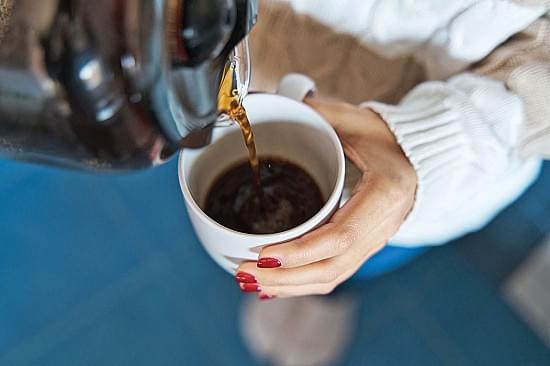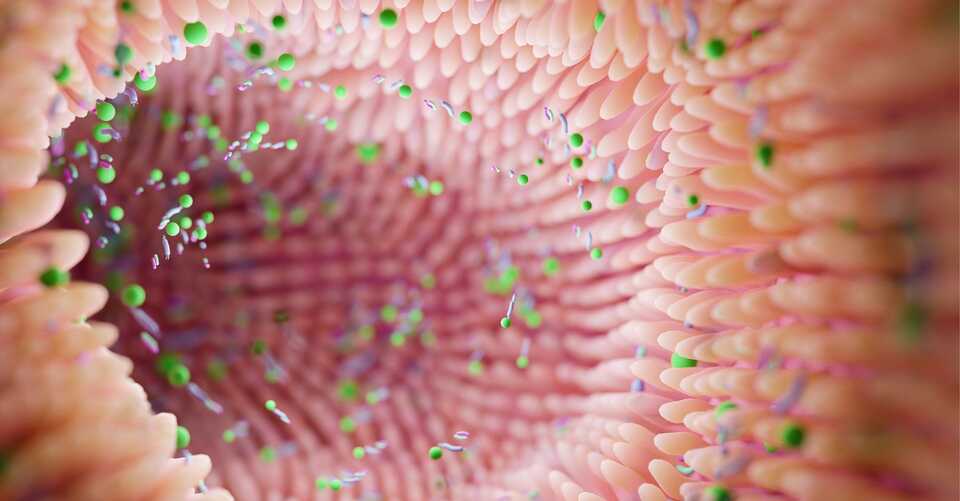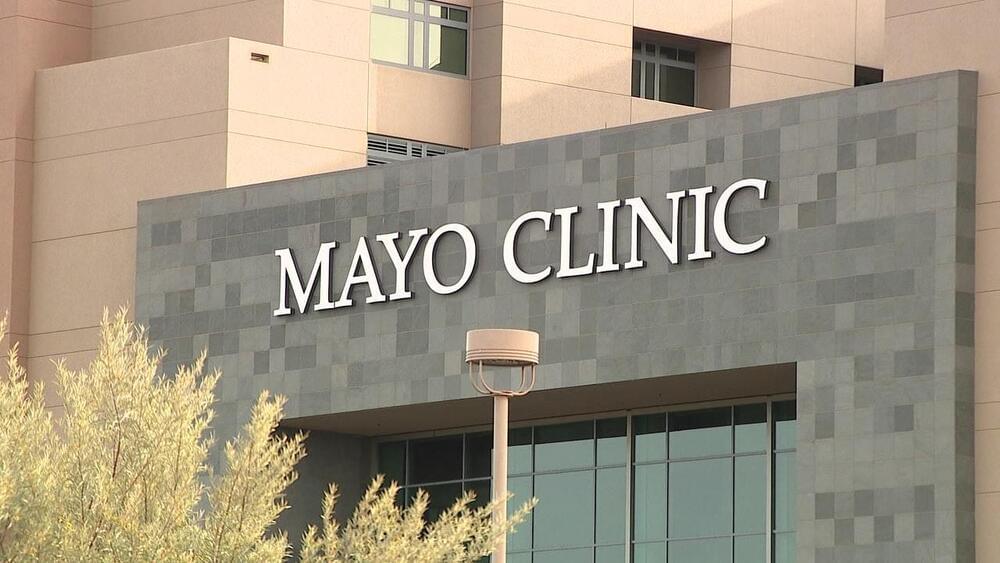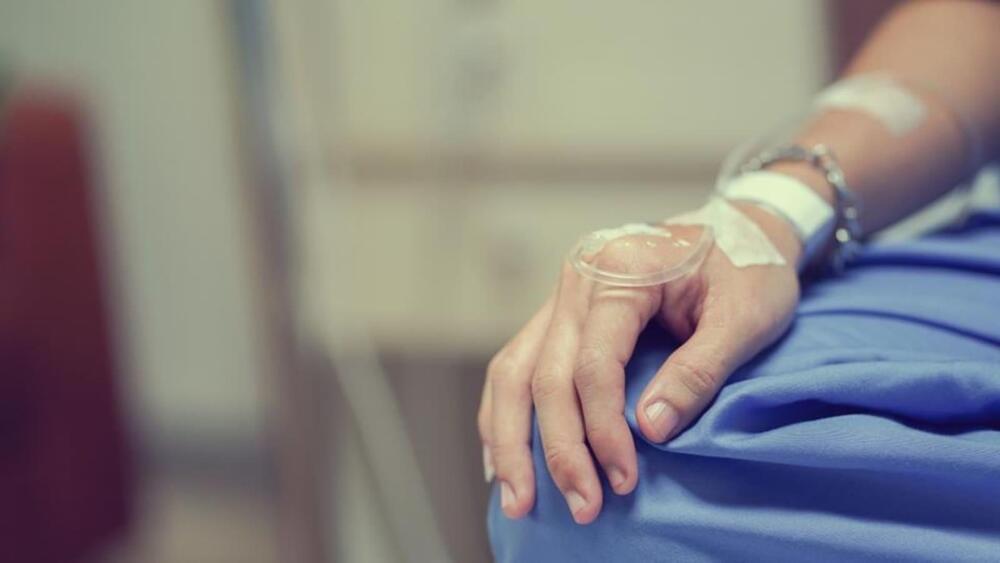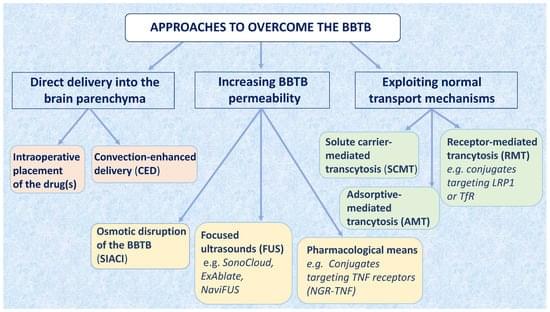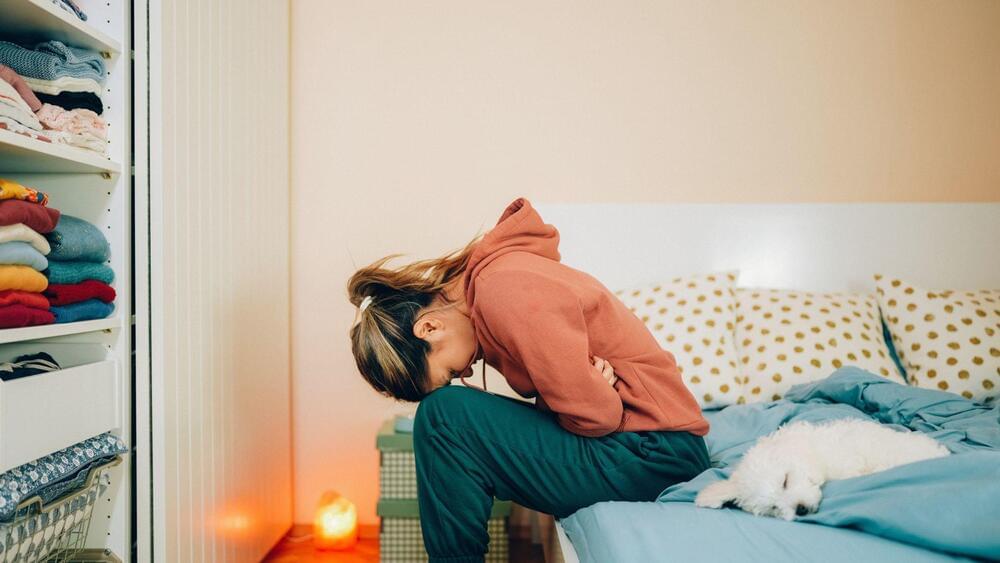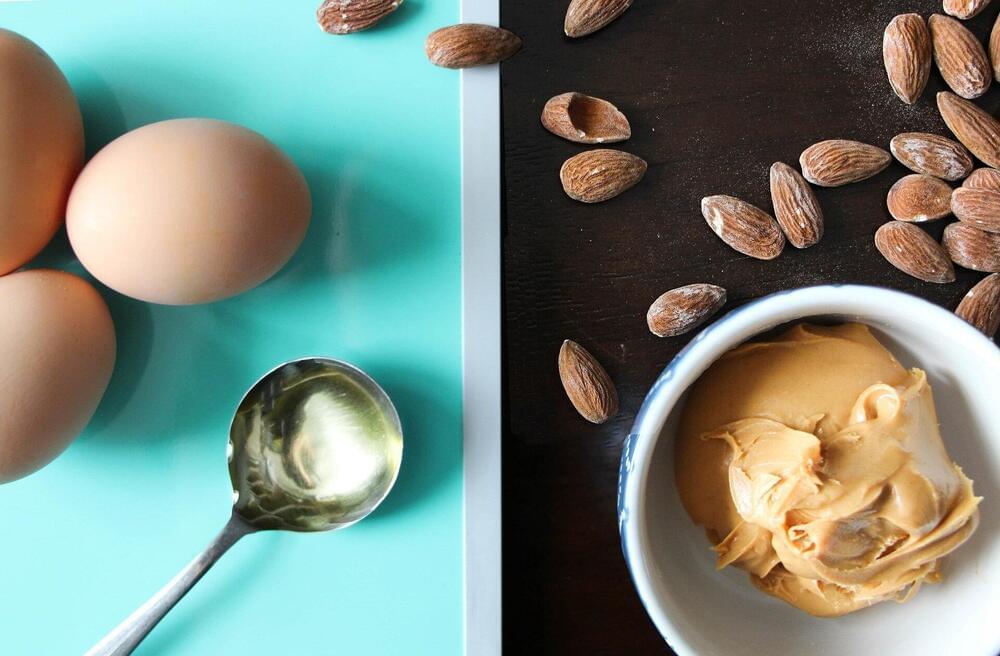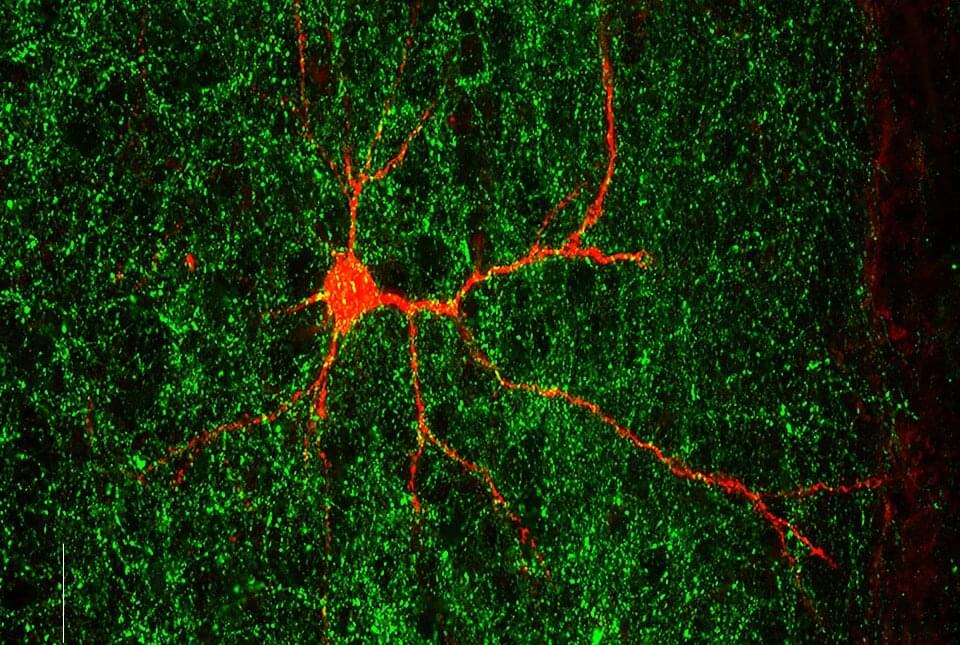If your morning never starts without a cup of coffee, you may be intrigued to learn that drinking the wildly popular beverage could significantly lower your risk of dying within the next few years, a new study suggests.
The study, published online May 31, 2022, by Annals of Internal Medicine, analyzed data about coffee consumption from more than 170,000 people (average age 56) from the United Kingdom who did not have cancer or cardiovascular disease at the study’s start. The researchers tracked participants over an average of seven years. They also accounted for such factors as lifestyle, diet, sex, age, and ethnicity.
People who drank 1.5 to 3.5 cups of coffee each day, even with a teaspoon of added sugar per cup, were up to 30% less likely to die during the study period than those who didn’t drink coffee. It didn’t appear to matter if the coffee contained caffeine or not, but the benefit tapered off for those drinking more than 4.5 cups each day.
